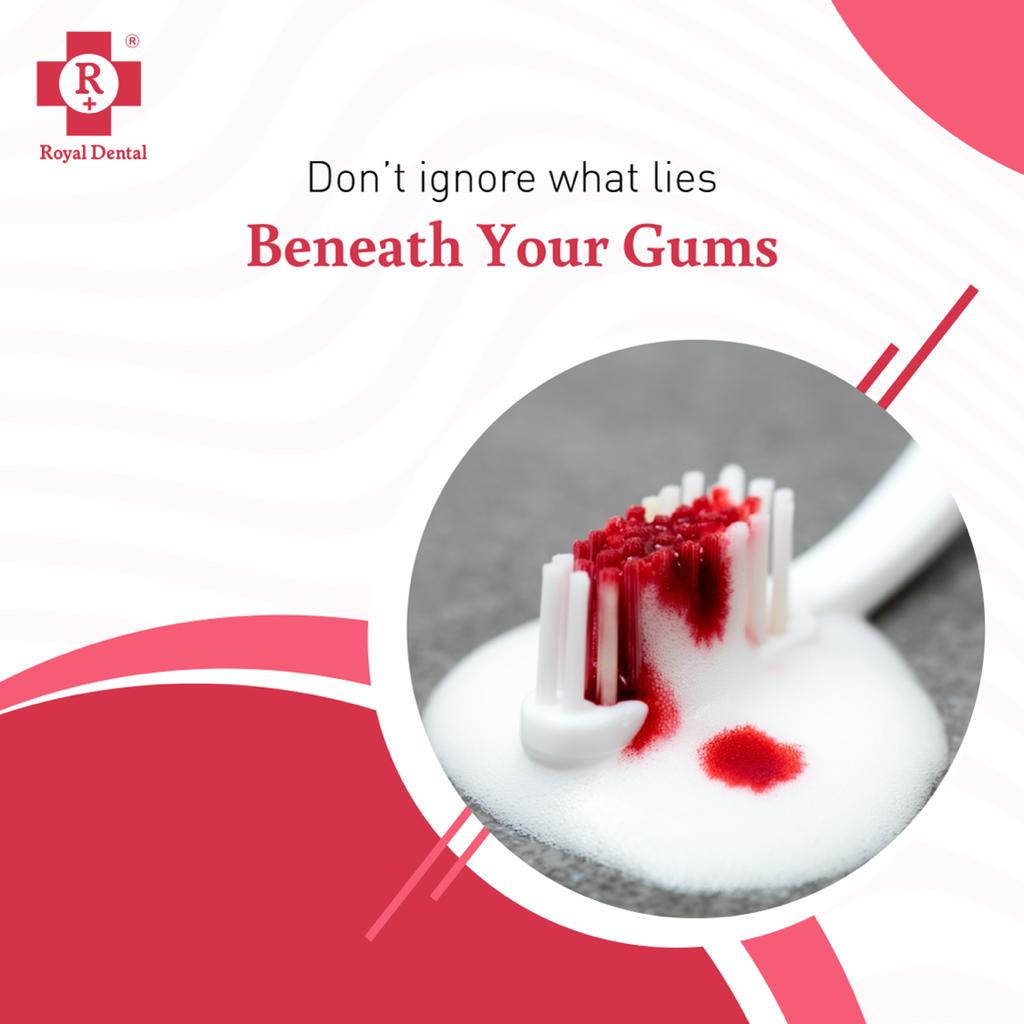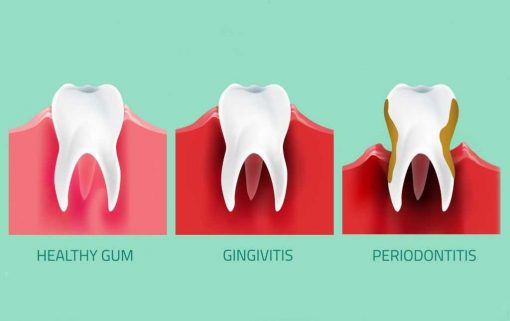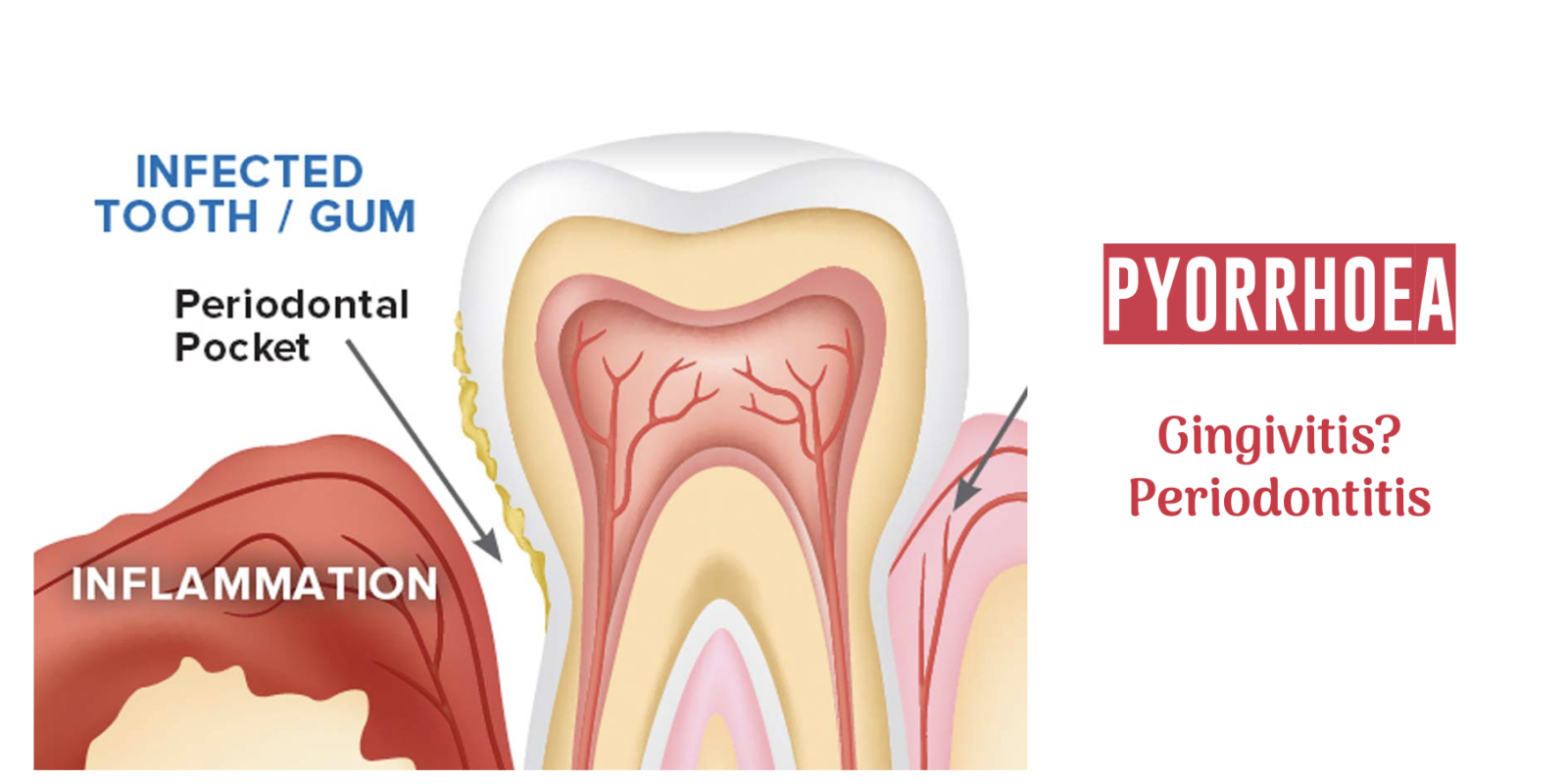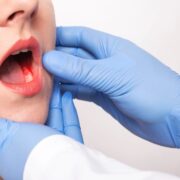A gingival abscess is an accumulation of pus that forms in the gums or periodontitis (the tissue surrounding the teeth). It is a serious yet common oral health issue that can cause pain, swelling, and discomfort. Left untreated, a gingival abscess can lead to further complications such as infection and tooth loss. A comprehensive understanding of the causes, diagnosis, and treatments of abscess is essential to ensure proper care and management of this condition. This guide will provide an in-depth overview of gingival abscesses, including their symptoms, risk factors, and available treatments.
How is a gingival abscess?
A gingival abscess is an accumulation of pus that forms in the gums or periodontium. It is a serious yet common oral health issue that can cause pain, swelling, and discomfort. Left untreated, abscesses can lead to further complications such as infection and tooth loss. A comprehensive understanding of the causes, diagnosis, and treatments of these abscesses is essential to ensure proper care and management of this condition.

They are commonly caused by bacterial infections that enter the gum tissue through cracks or cuts in the mouth. The bacteria then multiply, causing redness, swelling, and pain in the gums. A foul-smelling odor may also be evident, indicating that an abscess has formed.
Symptoms of a Gingival Abscess
Swelling of the gums: One of the first signs of a gingival inflammation is swelling of the gums and/or surrounding tissues. The swelling may occur in just one area of the mouth or may be widespread.
Pain and tenderness: It abscess may cause mild to severe pain in the gums. In addition, the teeth may be sensitive to hot or cold temperatures.



Changes in gum colour: Redness and swelling in the gums can lead to a change in the color of the gums. The color of the gums may change from pink to red or to a darker color.
Changes in gum texture: Swelling in the gums may cause them to become thickened, especially near the teeth. In severe cases, the gums may even lift away from the teeth.
Risk factors for Gingival Abscess
Poor oral health: Individuals who do not practice good oral health, such as brushing and flossing regularly, are more likely to develop an abscessed tooth.
Arthritis: People with arthritis are at elevated risk for developing gingival abscesses.
Gum disease: Individuals who suffer from periodontal diseases, such as gum disease, are at an increased risk of developing gingival abscesses. Receiving dental work or procedures: Individuals who undergo dental procedures or receive dental implants are at an elevated risk of developing gingival abscesses.
Diagnosis of a gingival abscess
A dentist or dental hygienist may diagnose a gingival abscess based on the symptoms described above. In addition, the dentist may take a sample of the pus found in the gum tissue to identify the type of bacteria causing the infection. In some cases, a dentist may use imaging techniques such as a digital radiograph or intraoral camera to examine the site and identify the extent of the infection.
Treatments for Gingival Abscess
Dental cleaning: The first step in treating a gums inflammation is to visit the dentist to have the area thoroughly cleaned. The dentist will use various tools and sterile water for cleaning.
Antibiotics: In some cases, a dentist may prescribe antibiotics to treat a gingival abscess. Antibiotics are used to treat bacterial infections, such as those caused by gingival abscesses.
Drainage of pus or blood: If an abscess has formed, the dentist may need to drain the pus or blood to properly treat the condition. This is done with a needle or scalpel.

Brushing and flossing: Regularly brushing your teeth and flossing between your teeth will help to prevent dental diseases and maintain oral health.
Rinsing with salt water: Rinsing your mouth with a mixture of salt water may help to clean and soothe the gums.
Drinking plenty of water: Drinking plenty of water daily may help to prevent dry mouth and promote healthy oral tissues. Applying ice packs to the area: Applying ice packs to the gums may help to reduce swelling.
Prevention of Gingival Abscess
Eating healthy: Eating a healthy, balanced diet that is rich in fruits, vegetables, and whole grains may promote oral health and reduce the risk of gingival inflammation.
Quitting smoking: Quitting smoking tobacco cigarettes is one the best things you can do for your oral health. Smoking is a major risk factor for developing a gingival abscess.
Practising good oral hygiene: Regularly brushing your teeth at least twice a day and flossing your teeth once a day will keep your gums healthy, reducing your risk of developing a gingival abscess.
When to see a Dentist
If you have a gingival abscess, it is essential to speak with a dentist or doctor to determine the best course of treatment. In some cases, the doctor may need to perform surgery to clean and repair the affected area. It is important to seek treatment for a gingival abscess as soon as possible to prevent further complications. Such as tooth loss. A dentist or doctor will be able to determine the best course of treatment to address the gingival abscess. If a gingival abscess is detected, the dentist may prescribe antibiotics or surgical treatment to eliminate the infection.
Summary
Gingival inflammation are caused by bacterial infections that enter the gum tissue through cracks or cuts in the mouth. The bacteria then multiply, causing redness, swelling, and pain in the gums. Symptoms of a gingival abscess include swelling of the gums, pain, tenderness, and changes in gum colour. Changes in gum texture, changes in the surrounding tissues, and a bad smell. The best way to prevent gingival abscesses is to practice good oral hygiene, such as brushing and flossing daily. It is important to visit a dentist or doctor when you notice the symptoms of a gingival abscess to prevent further health complications.






